In order to preserve and promote the traditional cultural heritage of ethnic minorities in the province, the Department of Culture, Sports and Tourism (DCT) has conducted an inventory, collected and documented the tangible and intangible cultural heritage of the Cham and Khmer ethnic minorities. From there, the community is encouraged to participate in preserving and promoting the value of the heritage.
An Giang has a large number of ethnic minorities living together. In addition to the majority Kinh ethnic group, the whole province has 28 ethnic minorities. Of which, the Khmer people account for 3.98%, the Cham people account for 0.59%, the Chinese people account for 0.27%, the rest are Tay, Nung, Thai ethnic groups... living in many places in the area. The whole province currently has 90 ranked relics. Of which, 2 relics are Xvay-ton pagoda of the Khmer people (Tri Ton district) and Mubarak Mosque of the Cham people (Tan Chau town) ranked at the national level; 2 provincial relics are Snay Don Kum pagoda and Svay Ta Nap pagoda of the Khmer people (Tri Ton district). In parallel, An Giang currently has 8 intangible cultural heritages included in the list of national intangible cultural heritages. Of which, there are 6 intangible cultural heritages of the Khmer and Cham ethnic groups. The Department of Culture, Sports and Tourism has submitted to the Provincial People's Committee a decision approving two projects to preserve and promote the value of national intangible cultural heritage for the Bay Nui Bull Racing Festival and the knowledge and techniques of writing on palm leaves of the Khmer ethnic minority people. 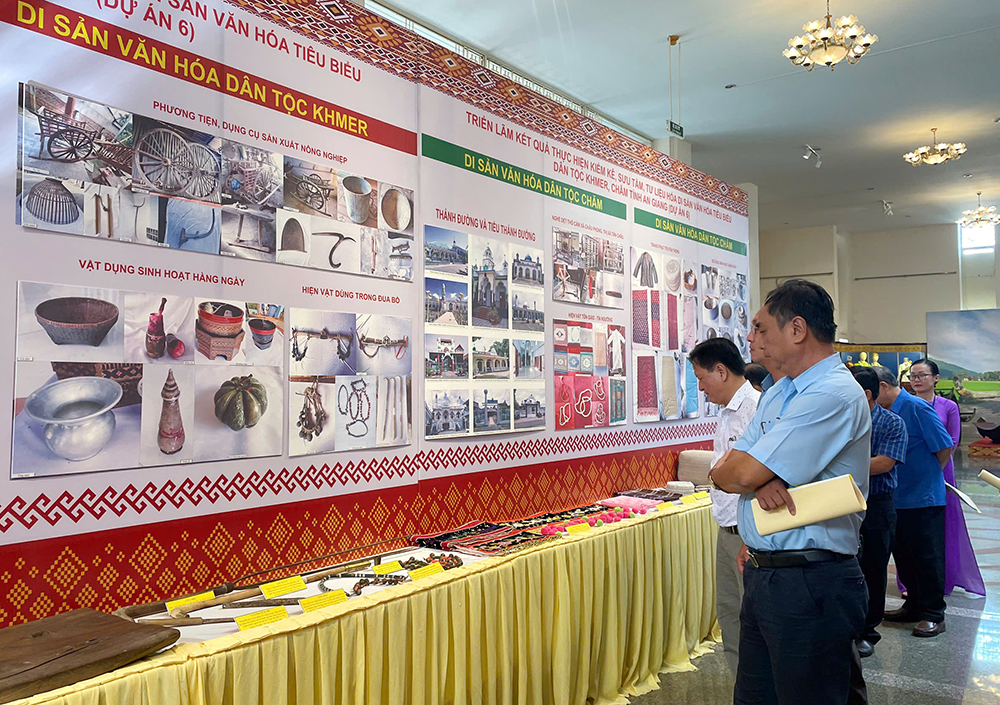

Cultural heritages of ethnic minorities are displayed at the Provincial Museum.
“In recent times, all ranked historical and cultural relics have been managed, restored and embellished to preserve and promote the value of cultural heritage according to the provisions of the Law on Cultural Heritage. To raise awareness of the importance of cultural heritage, encourage the community to actively participate in preserving and maintaining the identity, architectural art, and traditional cultural features of ethnic minority communities living together in the province, the Department of Culture, Sports and Tourism has conducted an inventory, collected and documented the typical traditional heritage of the Cham and Khmer ethnic minorities in 16 communes of 5 localities: Tri Ton District, Thoai Son, An Phu, Tinh Bien Town and Tan Chau Town” - Director of An Giang Provincial Museum Ho Thi Hong Chi said. Through the inventory of tangible cultural heritage at 16 religious establishments of the Cham ethnic group (not including 1 church ranked as a relic) and 52 religious establishments of the Khmer ethnic group (not including 3 pagodas ranked as relics), the results show that the Khmer pagodas and the churches and small churches of the Cham ethnic group are not only structures serving religious and belief needs, but also cultural symbols of the community, closely associated with the daily life, rituals and customs of ethnic minorities and are places to teach writing to ethnic minorities. Currently, the structures are all quite well preserved, the main construction items are relatively durable, the renovation to prevent deterioration is carried out regularly, ensuring the preservation of the original elements such as the architectural style of the structure according to typical traditional motifs, the patterns and decorative motifs deeply influencing the religious elements and national cultural identity. The management of relics is mainly managed by the representative boards of pagodas and churches according to the order of each religion, under the guidance of local authorities, to ensure the freedom of religion and belief of the people, operating under the motto "good life, beautiful religion". Particularly for intangible cultural heritages, through inventory work, collecting information on types such as: Language, writing; folk literature; folk performing arts; social customs; traditional festivals; traditional crafts; folk knowledge related to the economic, cultural and social life of the Cham and Khmer ethnic groups, it shows that most types of heritage still exist but at different levels. In particular, language and writing are preserved and used in daily life, including in religious activities and taught through classes in pagodas and churches; customs and rituals related to life, production, religion and belief are still practiced among the people; Traditional festivals are quite rich; social customs have some simplified and symbolic rituals. Regarding folk literature, currently only a few elderly people still remember it, the risk of it being lost is quite high; folk performing arts still exist, but few people know how to practice it; traditional crafts of the Cham and Khmer ethnic minorities have not yet attracted young people to study due to low income and unstable product output. Regarding folk knowledge, traditional medicine recipes are almost gone, however, the knowledge and techniques of writing on palm-leaf scriptures of the Khmer people and the secret to creating the typical cuisine of the ethnic minorities, along with traditional costumes are still quite well preserved. Through inventory, collection, and documentation of the cultural heritage of ethnic minorities, it can be seen that the cultural heritage artifacts of the Khmer and Cham people are still used regularly in daily life. Some artifacts, although no longer in use, are still cherished, preserved, and passed down to descendants. Typically, at Sa Lon Pagoda (Tri Ton District), there are still preserved and displayed agricultural tools and traditional household items of the Khmer ethnic minority, in large quantities. To serve the research on traditional cultural heritage of ethnic minorities, the Department of Culture, Sports and Tourism has completed 1,053 forms to record information on types of cultural heritage. Currently, the information forms are digitized and stored, ensuring fast and accurate information retrieval. Source: https://baoangiang.com.vn/bao-ton-di-san-van-hoa-cua-dong-bao-dan-toc-thieu-so-a412947.html


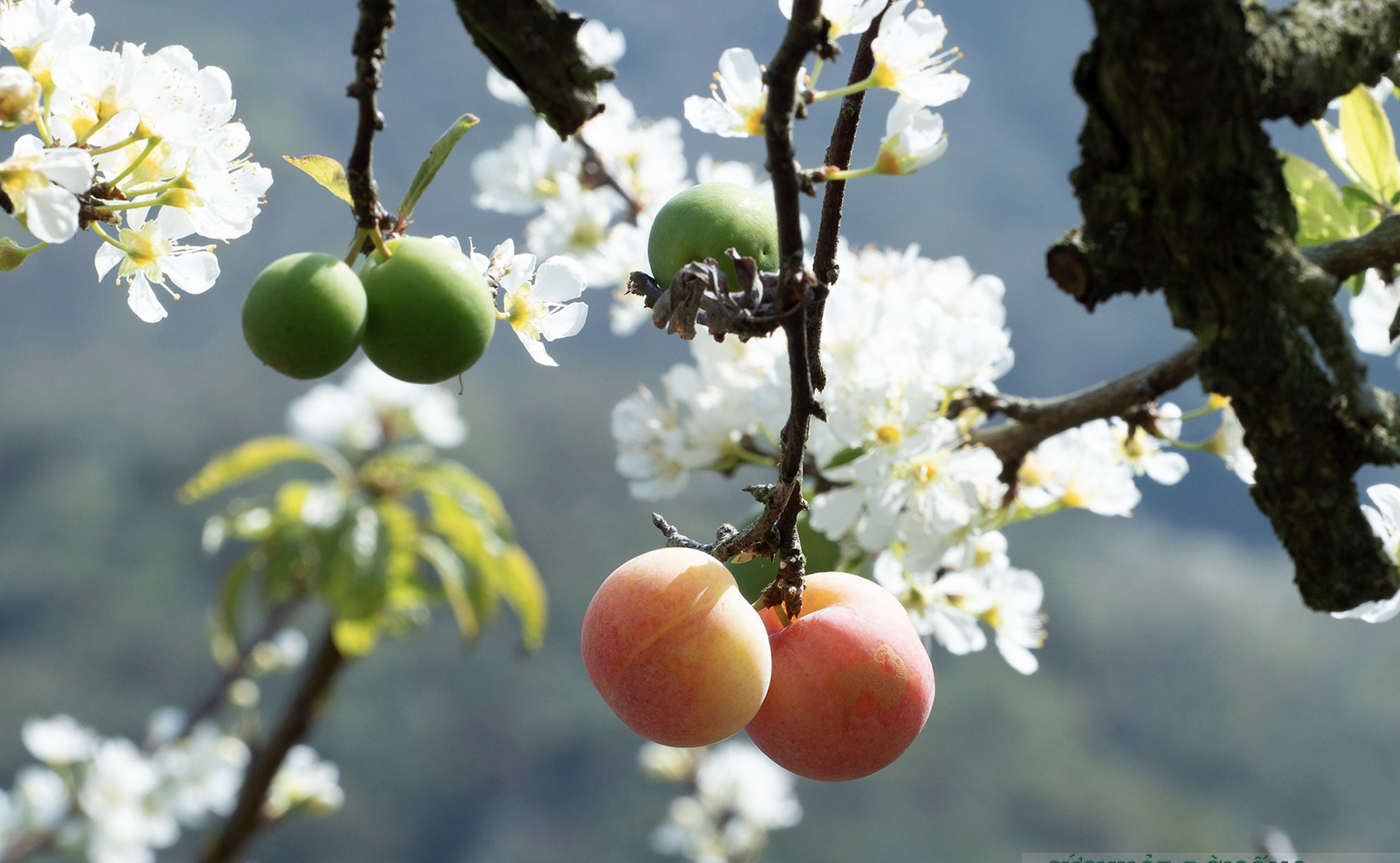
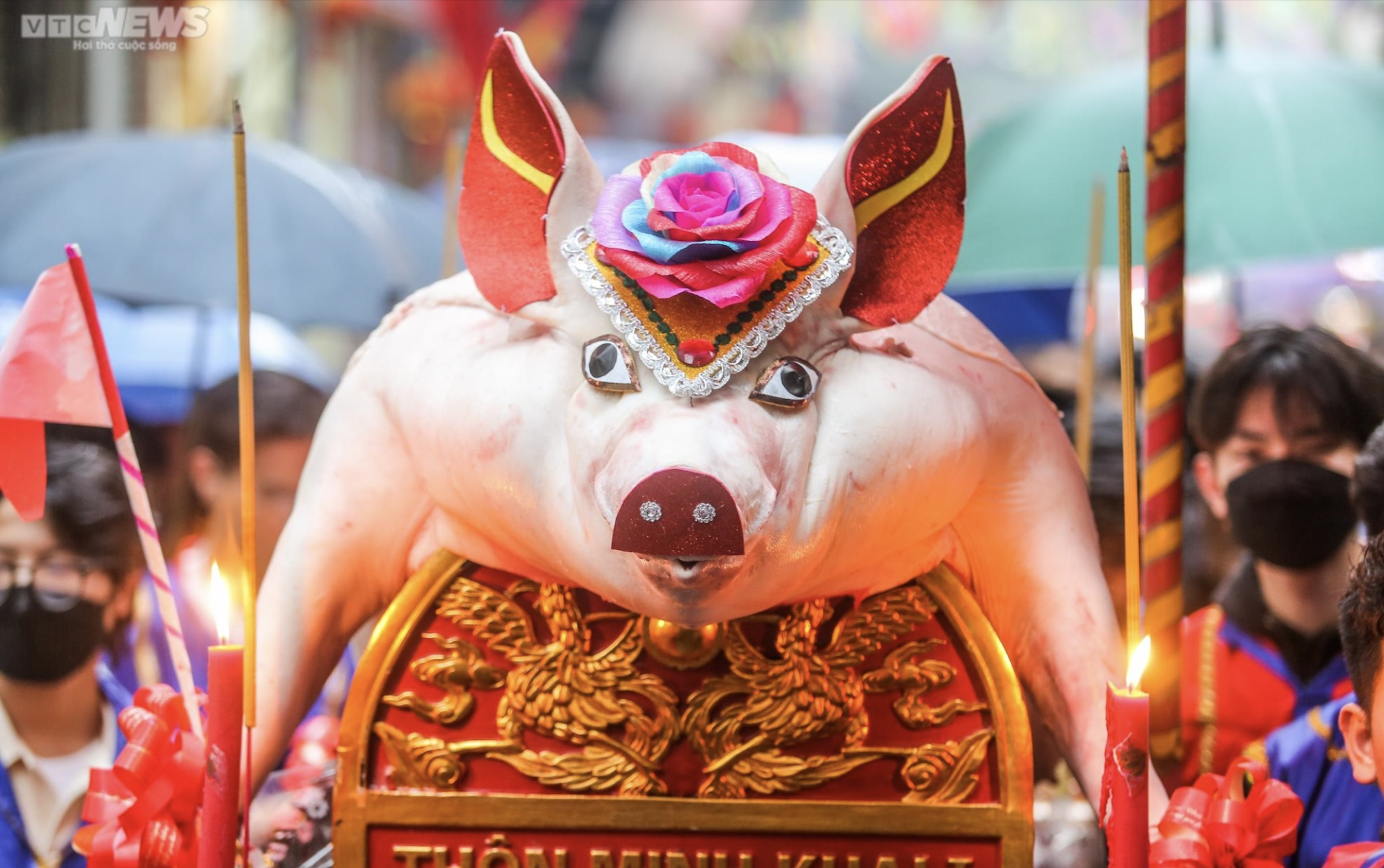

























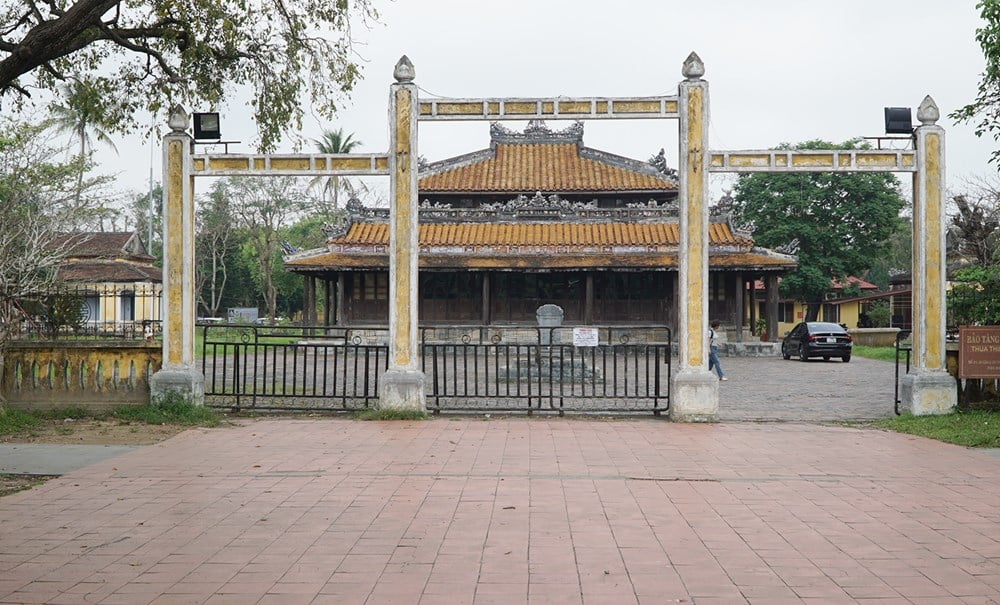

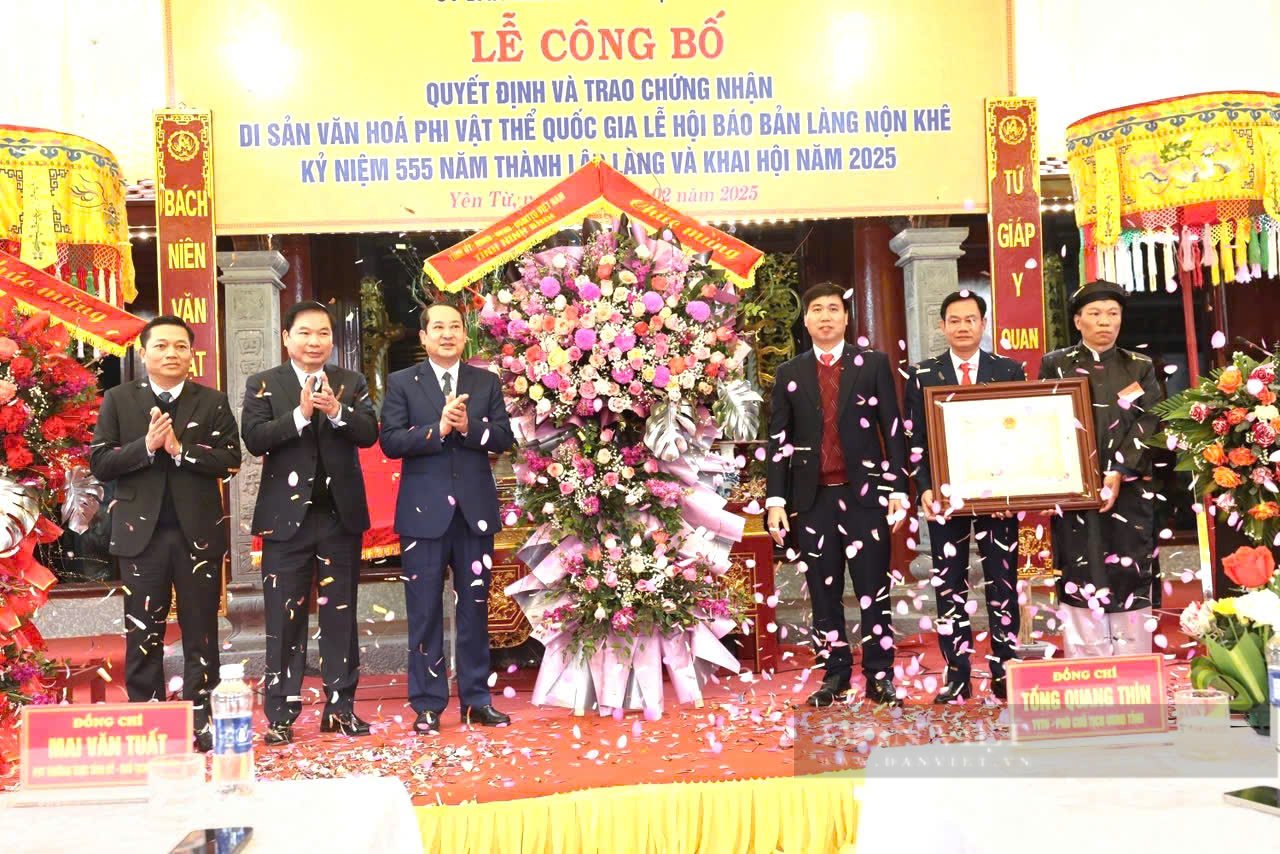

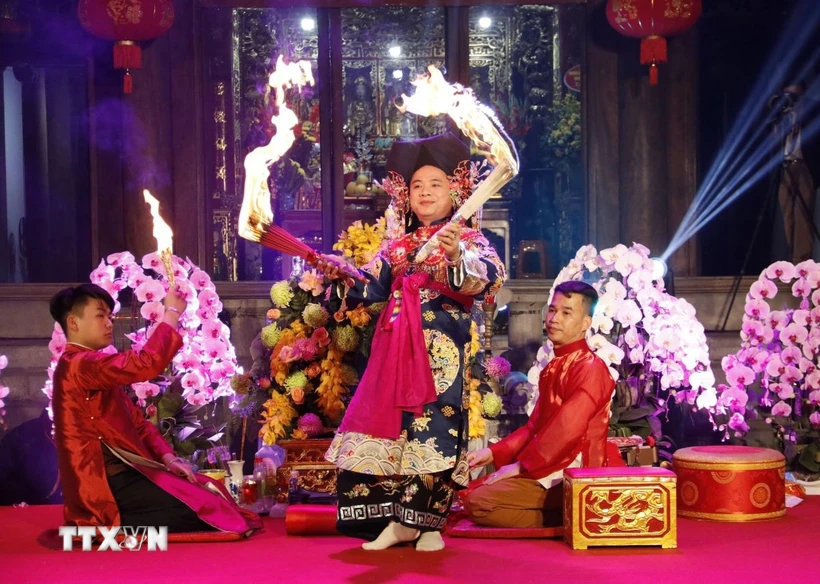

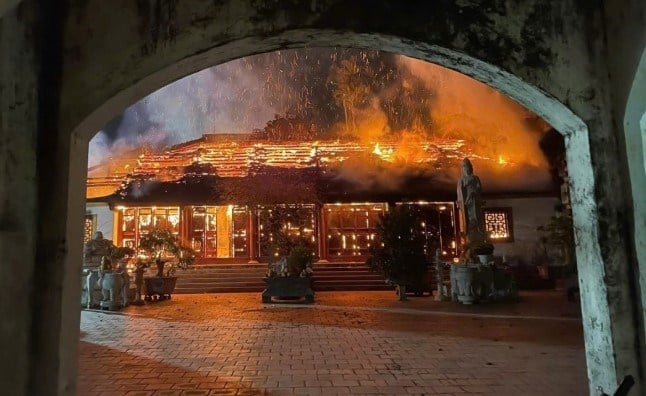
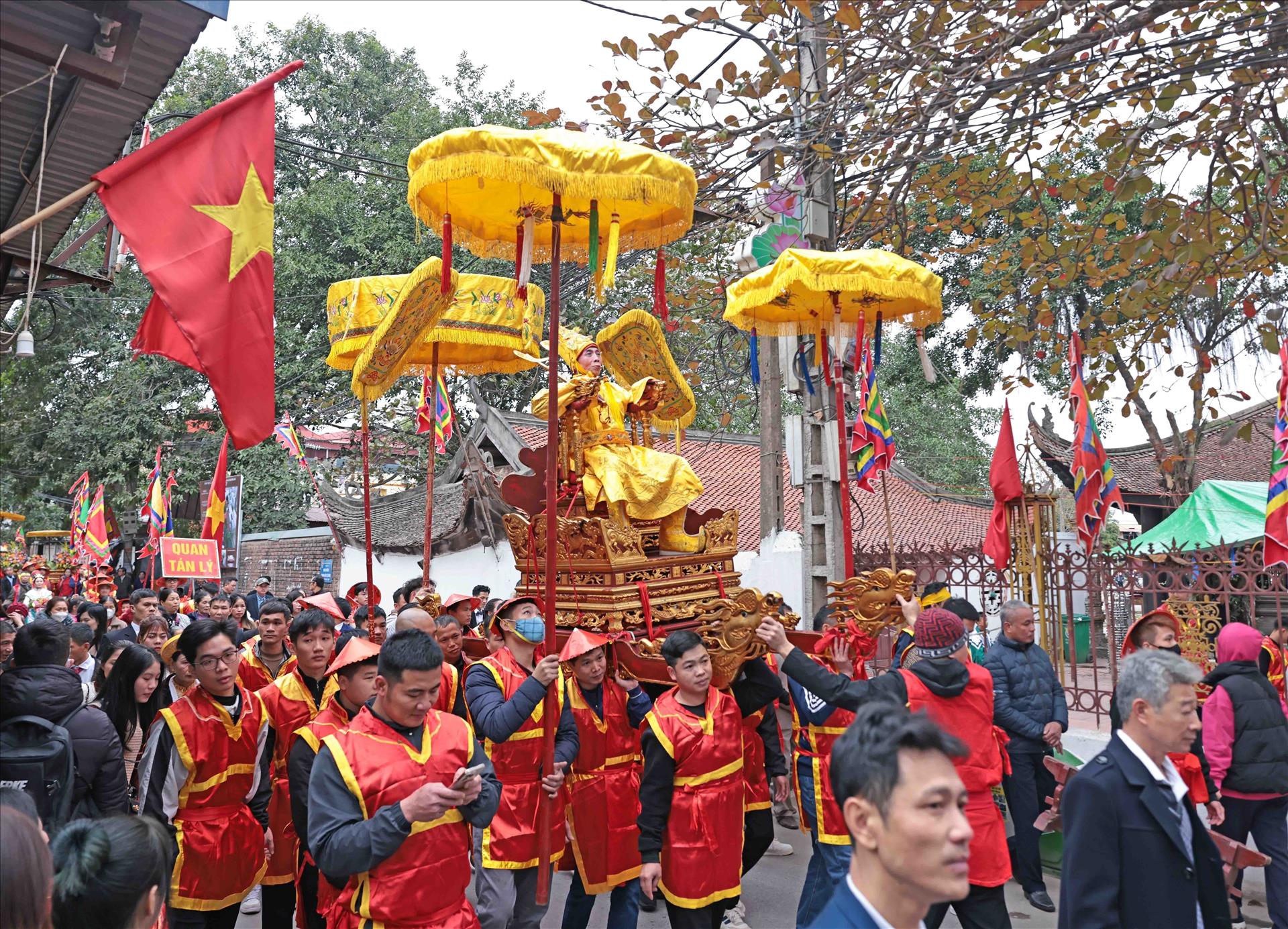



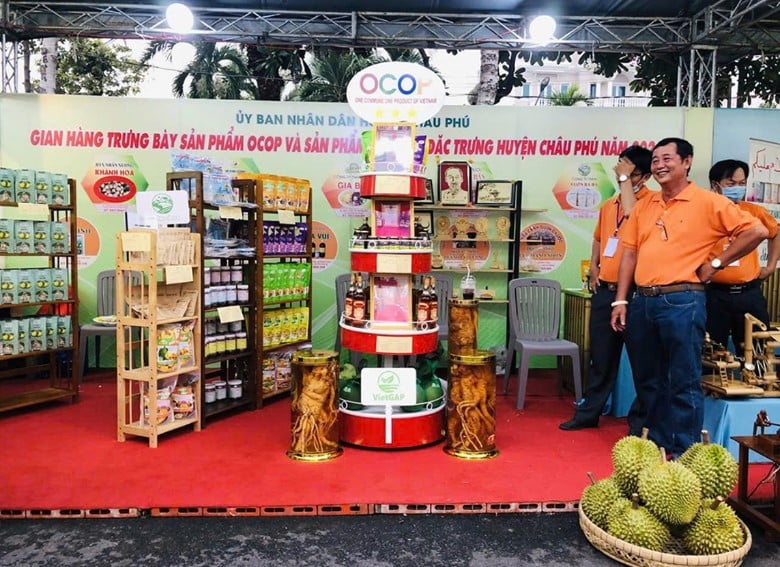
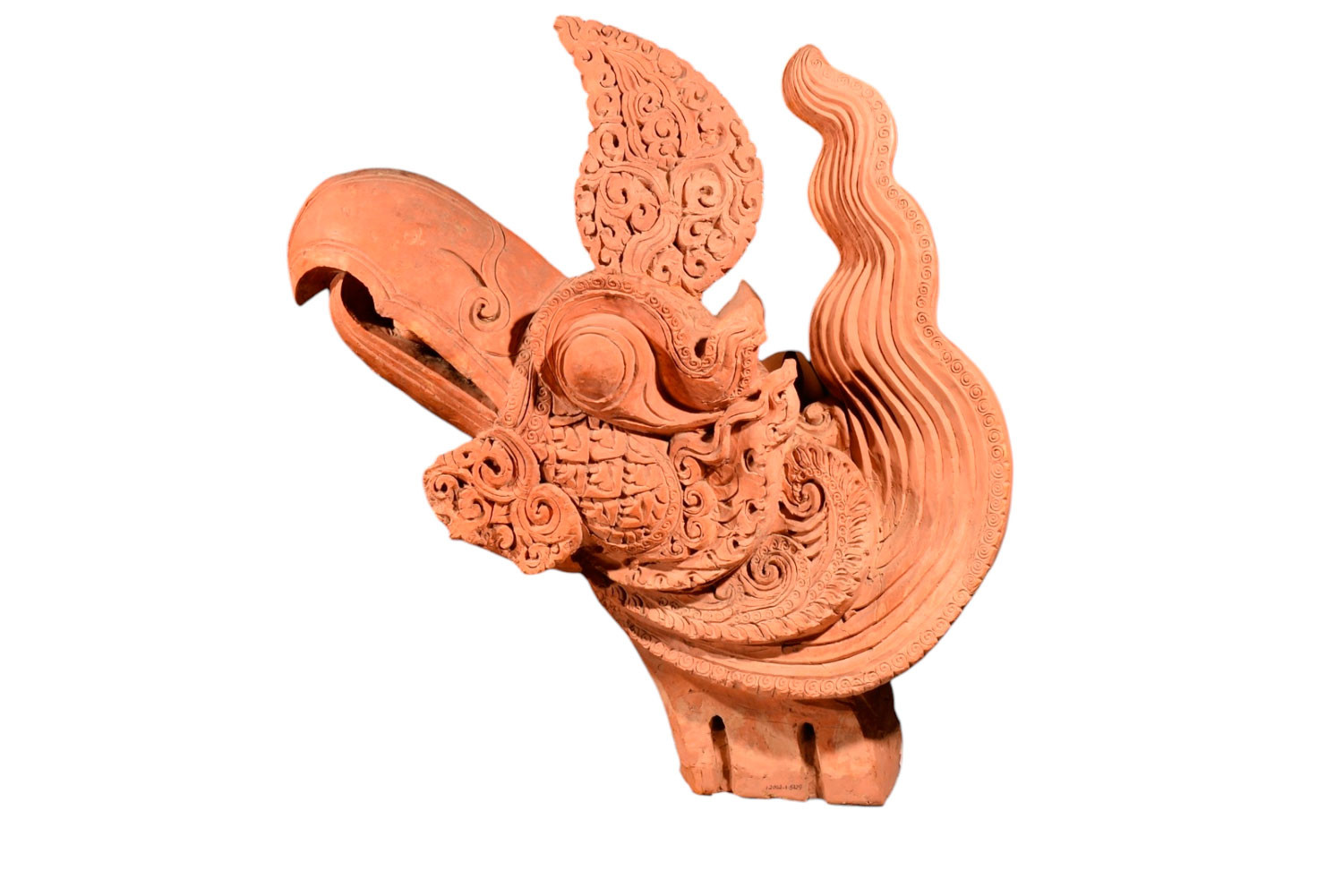
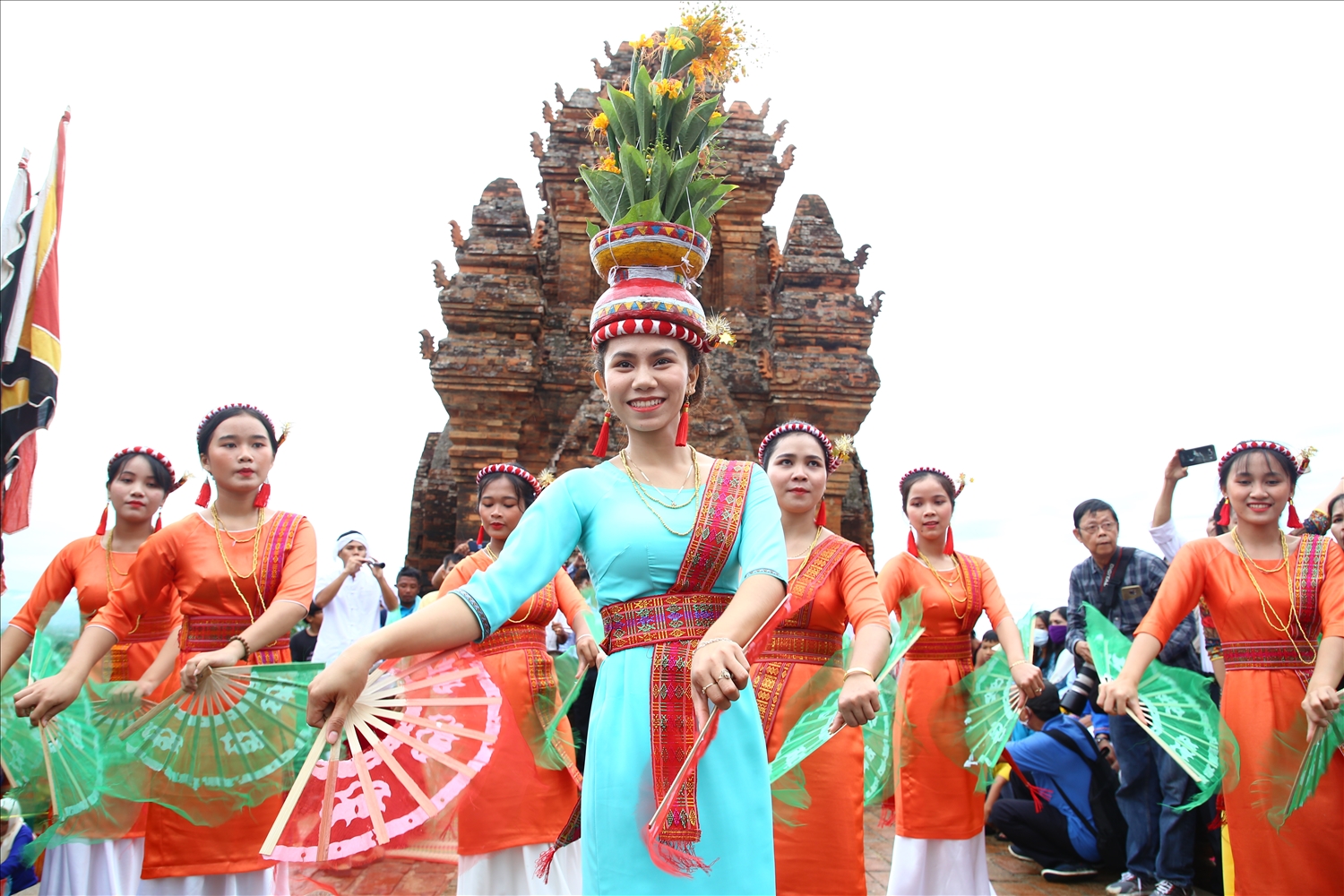
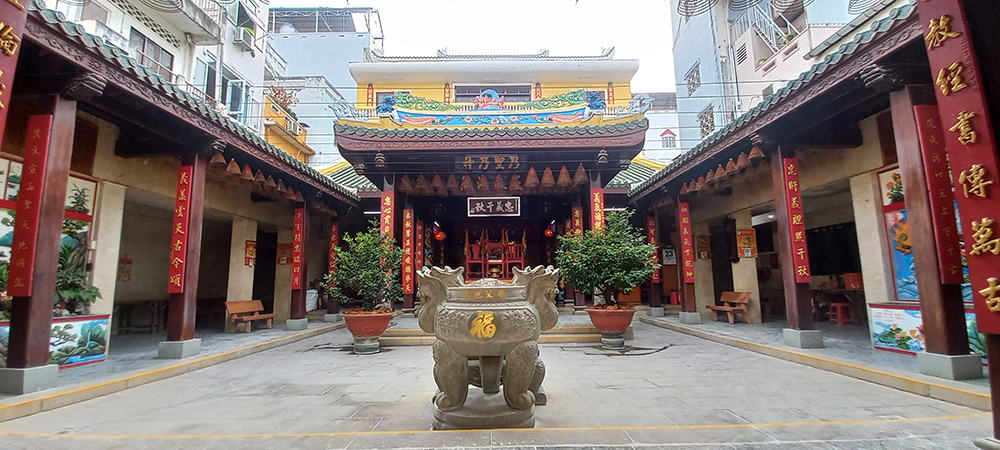
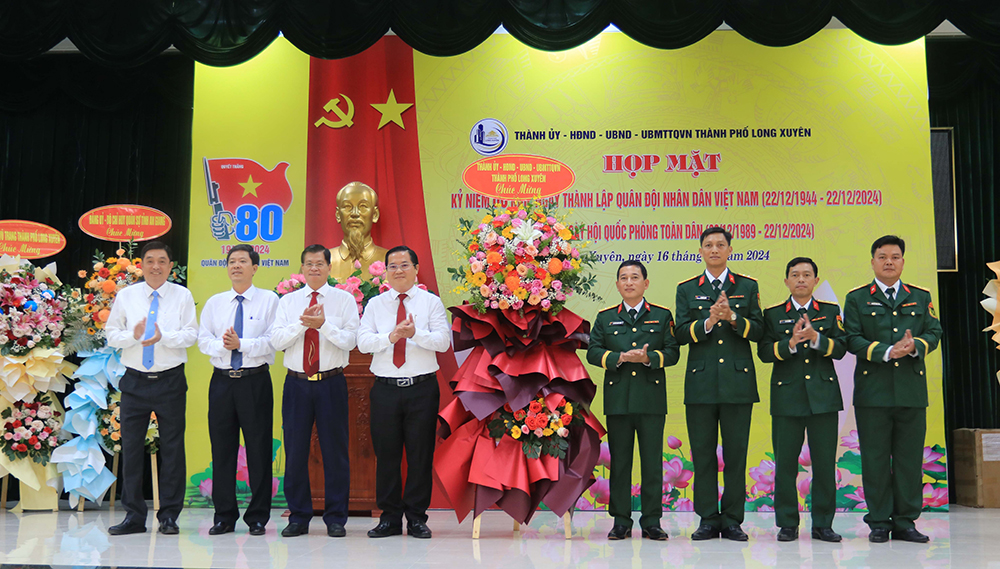
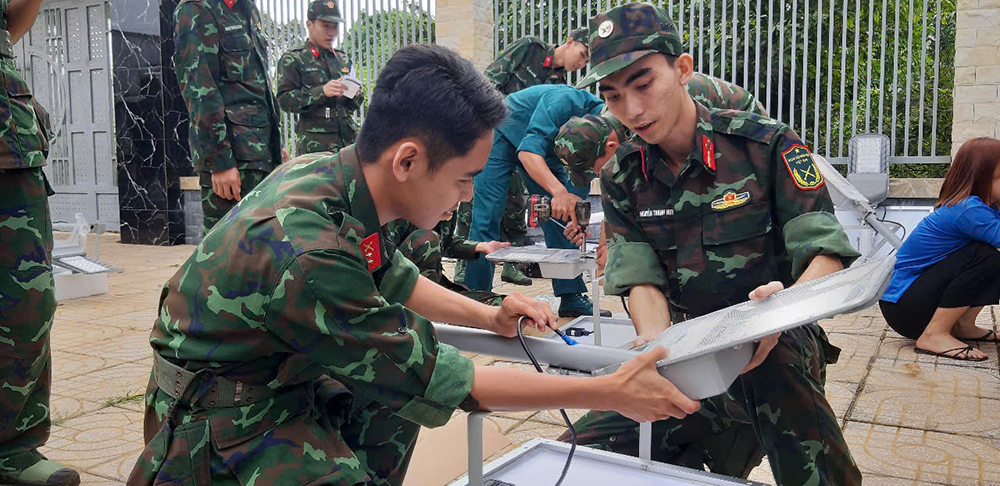
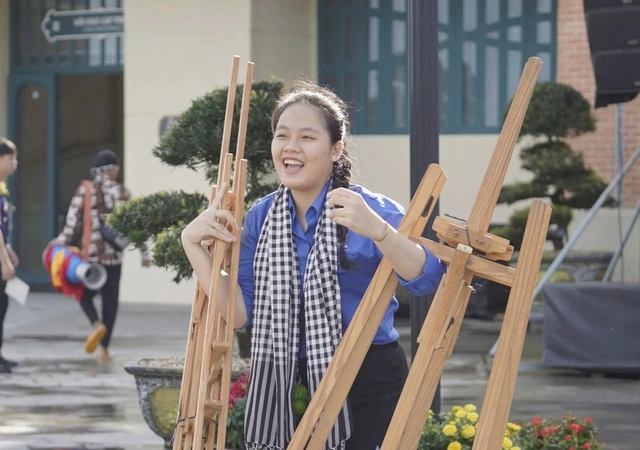



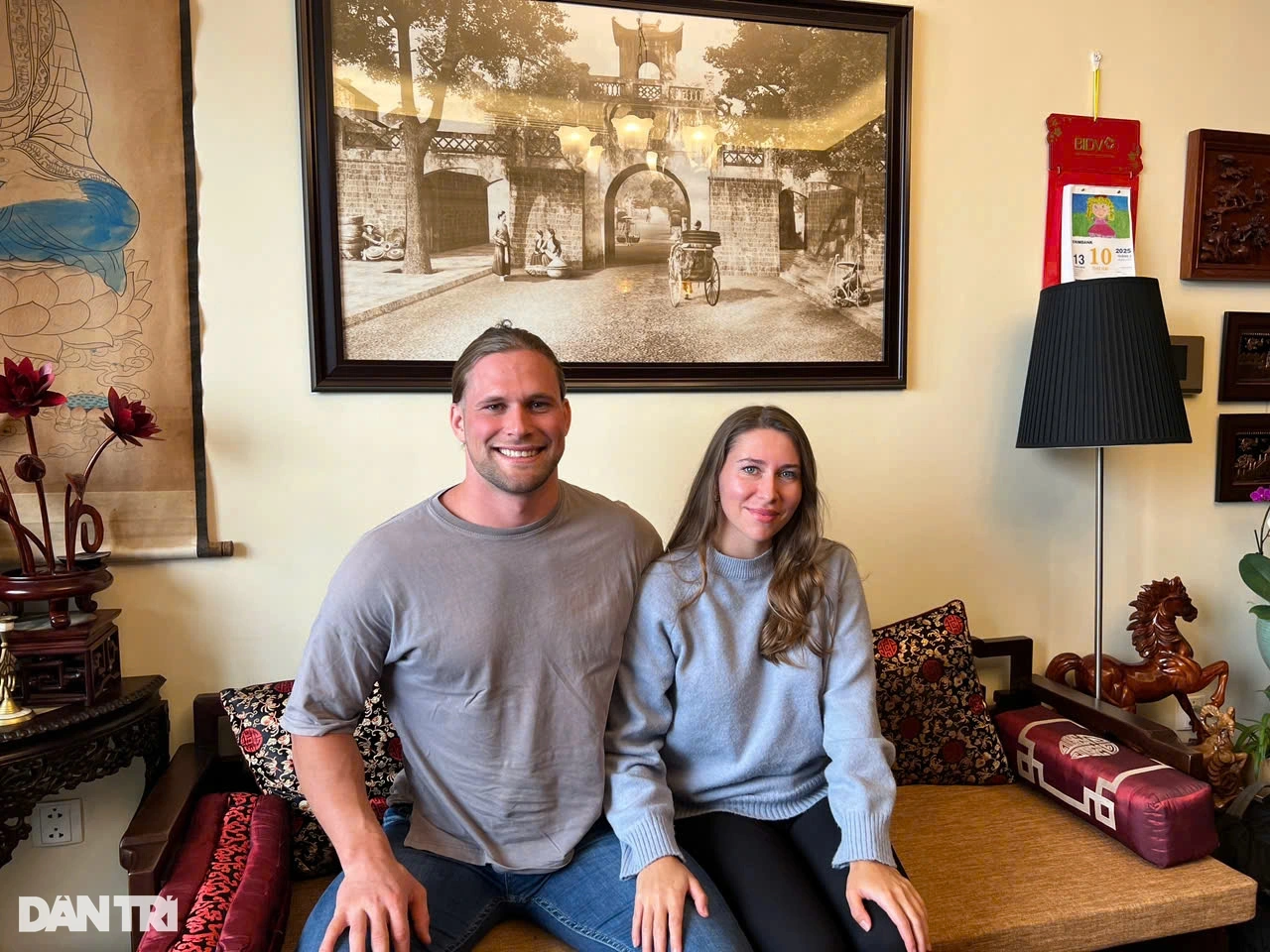



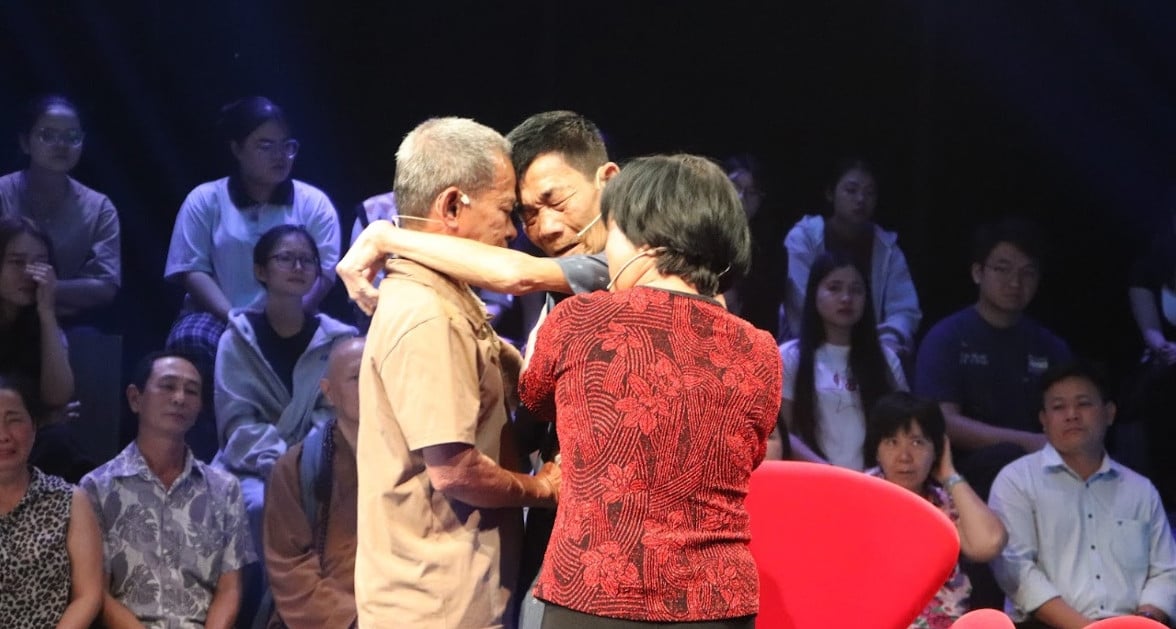





Comment (0)